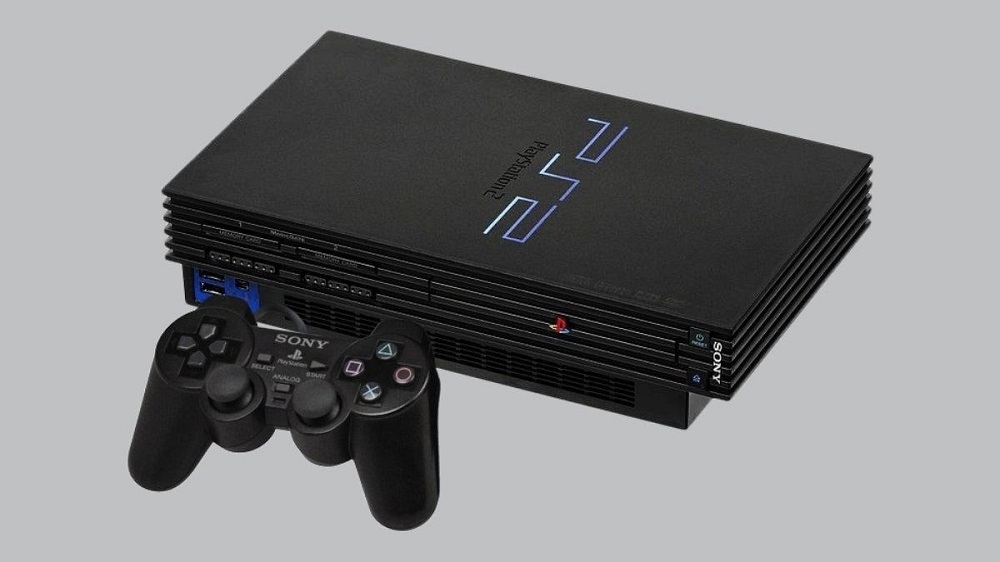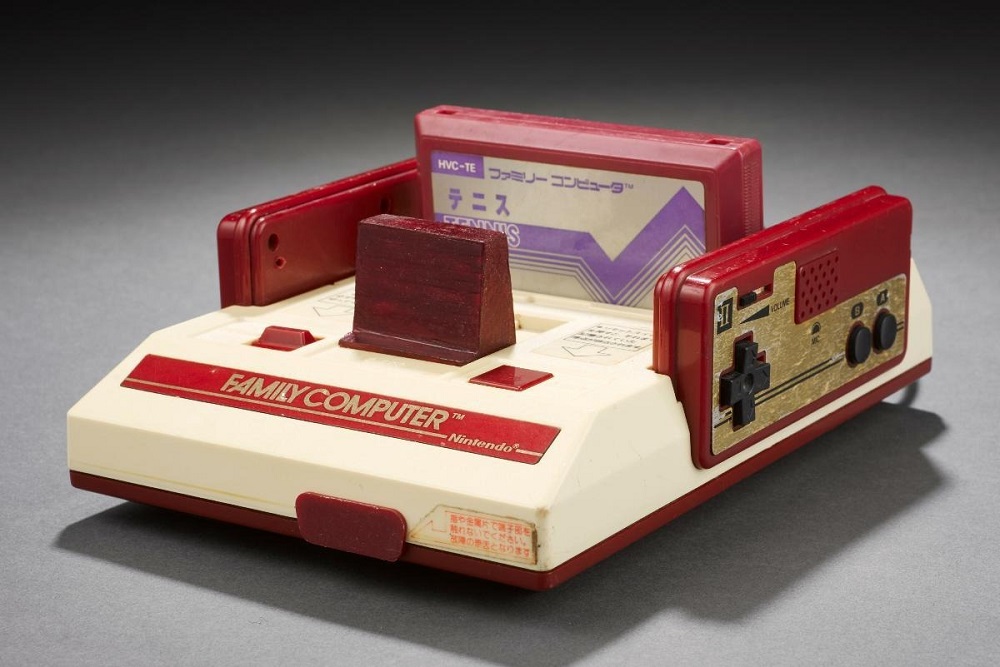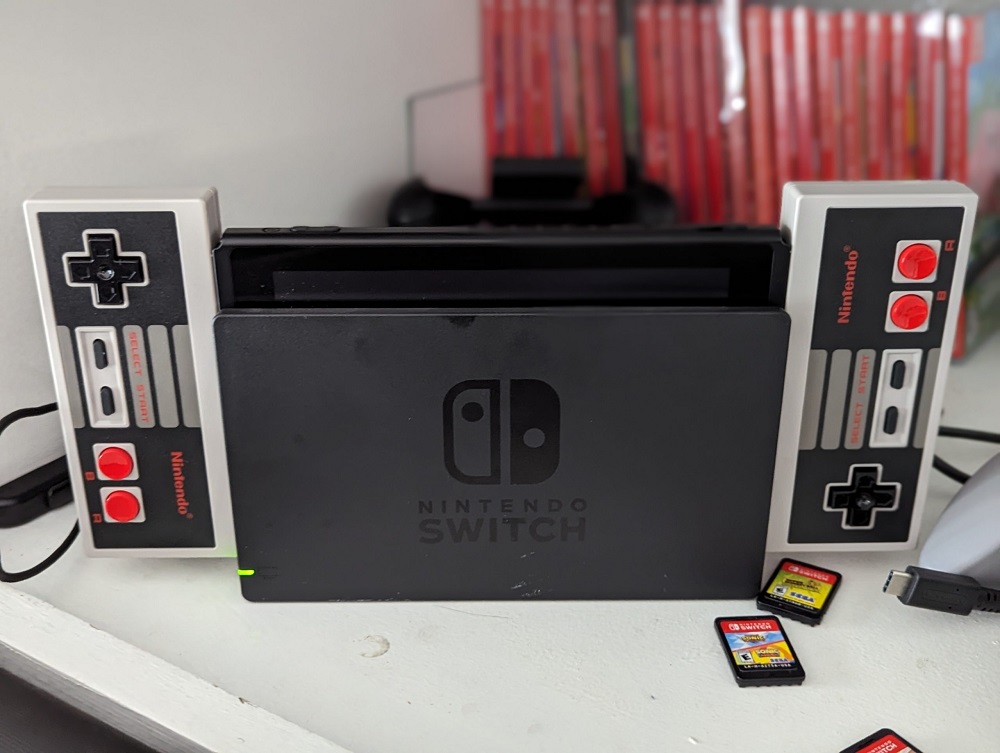When Sony launched the PlayStation in 1994, few could have predicted how much it would change gaming. Originally born from a failed collaboration with Nintendo, Sony’s console stormed into a market dominated by Sega and Nintendo — and redefined what gaming could be.
The PlayStation didn’t just compete; it transformed gaming into a mainstream cultural force. With its CD-ROM technology, third-party support, and stylish marketing, Sony’s first console sold over 100 million units worldwide.
At Oldies Nest, we’ll explore why the PlayStation changed gaming forever, from technology and games to culture and collecting.
Breaking Free with CD-ROM Technology
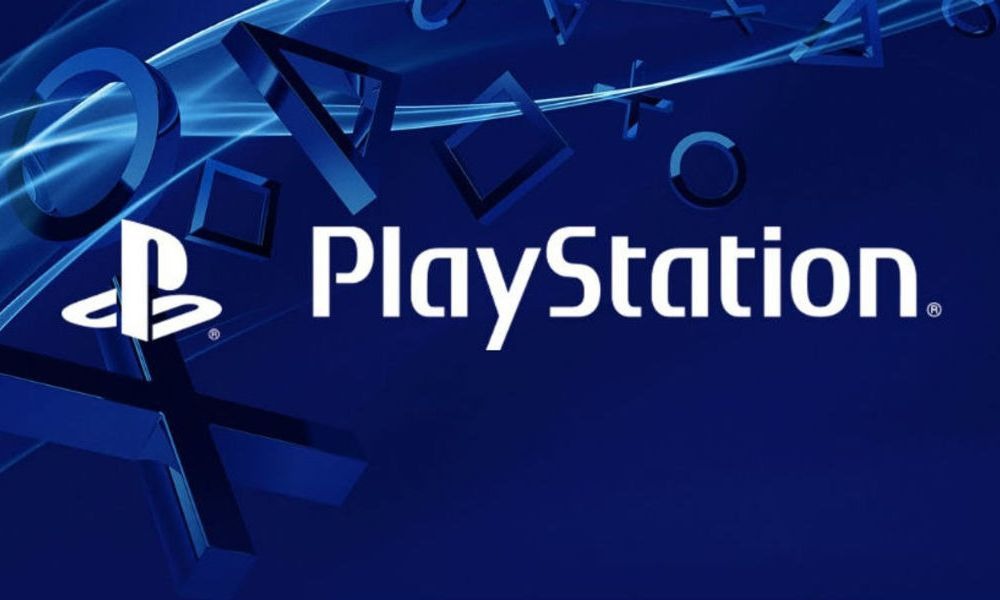
The PlayStation’s most radical feature was its embrace of CD-ROMs over cartridges.
- Storage Advantage: CDs held up to 650 MB, far more than cartridges.
- Cheaper to Produce: Developers found CDs more affordable and flexible.
- Multimedia Potential: Full-motion video and high-quality audio became standard.
This shift gave developers freedom to create expansive experiences — a key reason for the PlayStation’s rapid success.
Third-Party Developer Haven
Sony’s strategy emphasized strong third-party relationships.
- Attracted major players like Square, Capcom, Namco, and Konami.
- Games like Final Fantasy VII, Resident Evil, and Tekken became system-sellers.
- Unlike Sega’s mistakes with licensing, Sony made developing for PlayStation straightforward and cost-effective.
This openness established a model still seen in modern console ecosystems.
Iconic Games That Defined a Generation
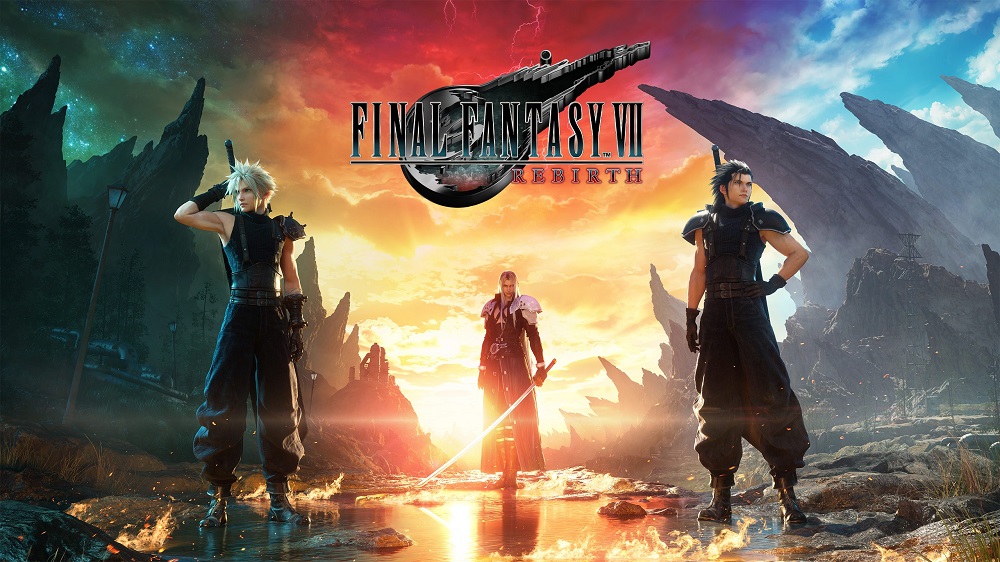
The PlayStation library remains one of the most iconic in history:
- Final Fantasy VII – Expanded RPGs to mainstream audiences.
- Metal Gear Solid – Blended stealth gameplay with cinematic storytelling.
- Crash Bandicoot – Sony’s unofficial mascot, showing off 3D platforming.
- Gran Turismo – Raised the bar for racing realism.
- Resident Evil – Birthed survival horror as a genre.
These titles proved the PlayStation wasn’t just about technology — it was about unforgettable games.
Marketing That Made Gaming Cool
Sony rebranded gaming from a children’s hobby into cool, edgy entertainment for teens and adults.
- Ads highlighted mature themes and stylish design.
- The iconic PlayStation logo and startup sound became cultural touchstones.
- Positioned itself as the console for an older, hipper audience compared to Nintendo.
This marketing push mirrored Sega’s earlier “cool” strategy but resonated on a global scale.
The Leap to 3D Graphics
While earlier systems dabbled in 3D, the PlayStation made it the industry standard.
- Polygonal graphics defined genres like racing, fighting, and RPGs.
- Early 3D looked rough by today’s standards, but it enabled new experiences impossible on 2D hardware.
- Developers experimented with cinematic camera angles and realistic environments.
The PlayStation set the stage for modern 3D gaming as we know it.
Rivalries and Industry Shifts
The PlayStation dramatically reshaped the competitive landscape:
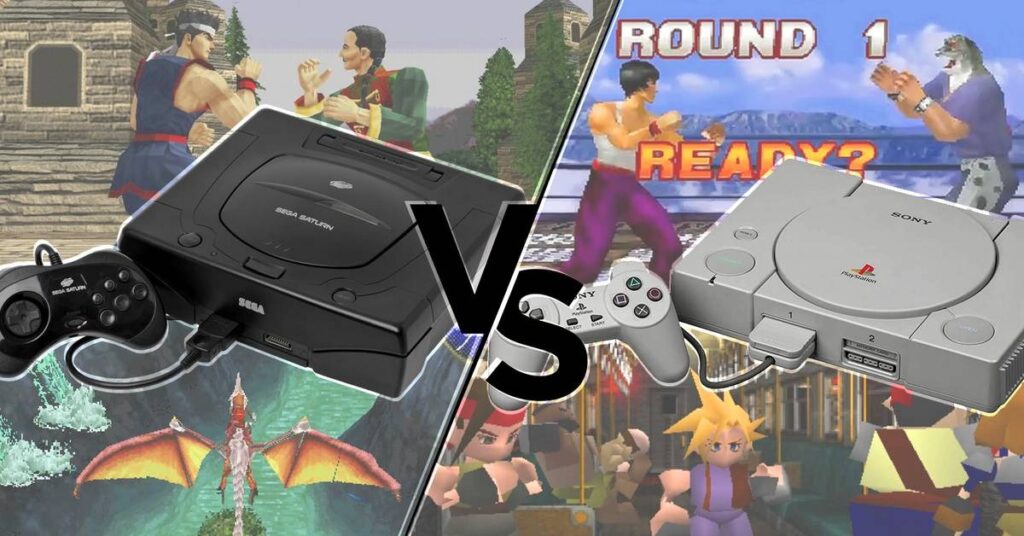
- Against Sega: The Saturn struggled due to its complexity and poor third-party support
- Against Nintendo: The Nintendo 64’s cartridges limited developer ambitions despite strong first-party titles.
- Sony’s Win: By the late 1990s, PlayStation became the global market leader.
Cultural Impact Beyond Gaming
The PlayStation helped gaming enter the mainstream cultural conversation.
- Games became more cinematic, comparable to movies in scope.
- Soundtracks featuring licensed music (e.g., Wipeout) merged gaming with popular culture.
- The console appeared in TV shows, films, and music videos.
For the first time, gaming felt like a lifestyle rather than just a hobby.
Collector’s Perspective in 2025
Today, the original PlayStation enjoys strong collector interest:
- Rare Titles: Suikoden II, Tactics Ogre, and Klonoa fetch high prices.
- Hardware Variants: Development kits and special editions are prized.
- Preservation: Enthusiasts use emulators and fan patches to keep rare titles alive, as seen in How Emulators Keep Retro Games Alive.
The PlayStation’s legacy ensures it remains one of the most collected systems in retro gaming.
Why the PlayStation Changed Gaming Forever
Looking back, the PlayStation’s influence can’t be overstated:
- Established CDs as the industry standard.
- Made 3D graphics the norm.
- Expanded gaming’s audience to teens and adults.
- Built third-party trust that endures today.
- Sold over 100 million units, proving gaming’s mainstream appeal.
Without the PlayStation, gaming as we know it in 2025 would look radically different.
Conclusion: Sony’s Bold Gamble Paid Off
Sony took a gamble in entering the console market — and won big. The PlayStation redefined gaming hardware, game design, and cultural relevance.
It wasn’t just a successful console; it was a revolution that changed gaming forever.
Even today, the PlayStation’s legacy is felt in every cinematic cutscene, every expansive RPG, and every time we hear that iconic startup sound.
